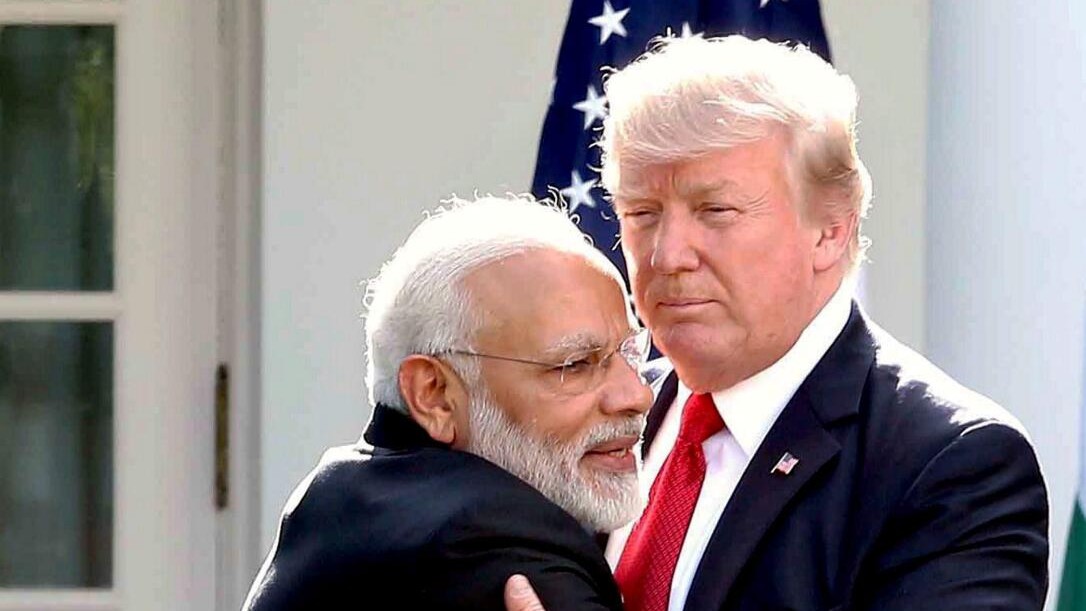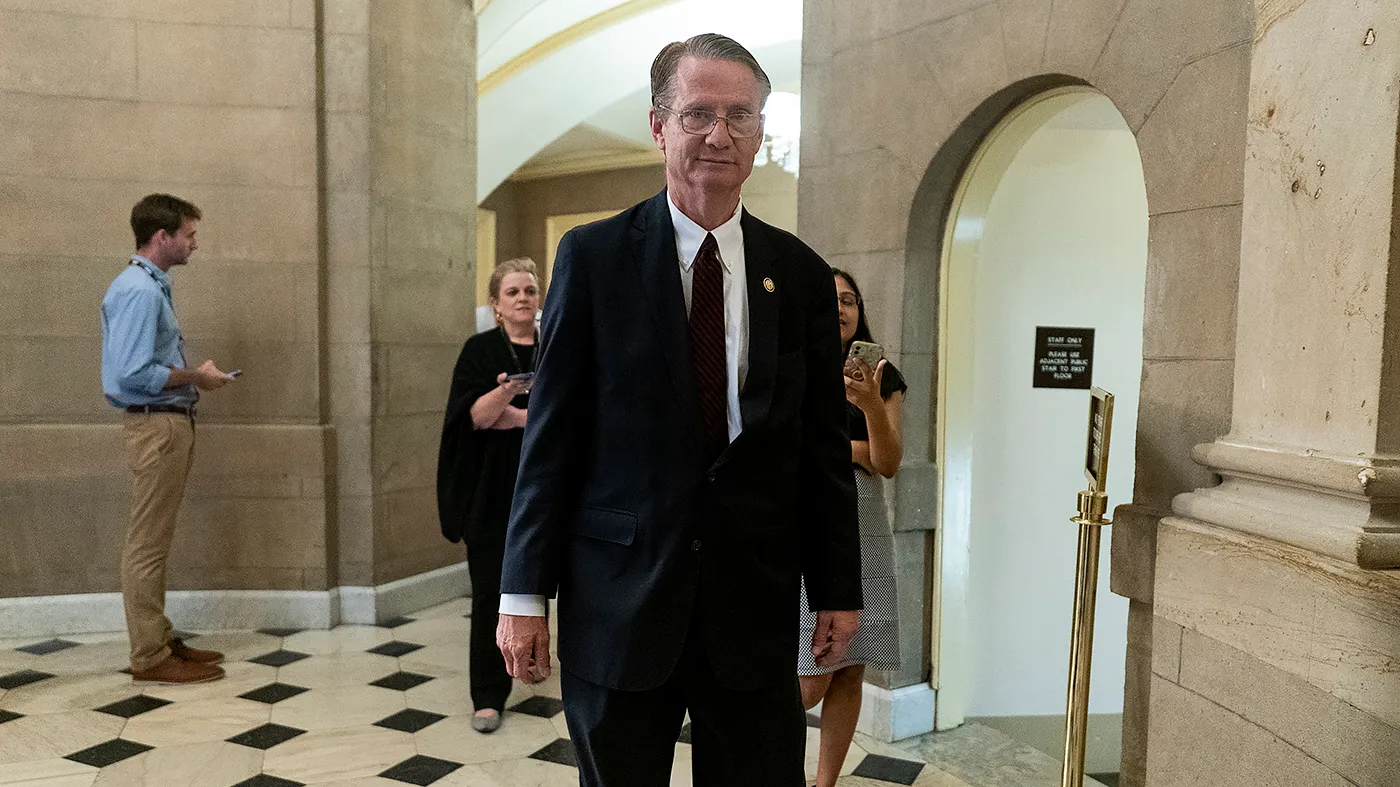U.S. Slaps 50% Tariff on India Over Russian Oil Imports Amid Rising Trade Tensions
U.S. Slaps 50% Tariff on India Over Russian Oil Imports Amid Rising Trade Tensions
By
Junia Wells
Last updated:
August 7, 2025
First Published:
August 7, 2025

Photo: Deccan Herald
U.S. Hits India With 50% Tariff Over Russian Oil Trade, Citing Energy Ties with Moscow
In a significant escalation of trade tensions, the United States has imposed a 50% tariff on imports from India, citing the country’s continued purchase of Russian crude oil. The decision, announced on Wednesday, includes an additional 25% tariff on top of existing duties, making it one of the steepest levies applied to any of America's major trading partners.
The tariff move is part of Washington’s broader effort to isolate Russia economically and pressure countries to cut off energy and trade relations with Moscow.
India Pushes Back: Calls Tariffs “Unjustified”
India responded swiftly and strongly. In a formal statement issued late Wednesday, New Delhi described the U.S. action as:
“Unfair, unjustified, and unreasonable… India’s oil imports are based on market-driven pricing and national energy security considerations.”
The Ministry of External Affairs further criticized the U.S. for what it described as "selective enforcement", pointing out that several Western countries continue to engage in commerce with Russia despite public condemnations.
A statement released earlier this week by the ministry stated:
“It is revealing that the very nations criticizing India are themselves engaging in significant trade with Russia. EU trade volumes with Russia remain considerably higher than India's.”
According to UN Comtrade data, the European Union’s imports from Russia in 2024 exceeded $145 billion, while India’s total imports from Russia stood at around $59 billion, most of which was crude oil at discounted rates.
U.S. Broadens Crackdown: More Countries Could Be Next
President Donald Trump’s latest executive order doesn’t stop with India. It directs U.S. agencies to identify other nations that are directly or indirectly importing Russian oil and assess potential trade actions against them.
“We will review all ongoing trade with the Russian Federation and take action against those undermining our sanctions,” Trump said during a press briefing at the White House.
This marks a more aggressive phase of U.S. trade policy, linking energy security decisions to broader geopolitical alignments.
Countries in Africa, Southeast Asia, and Latin America, many of which have remained neutral in the Russia-Ukraine conflict, may now find themselves facing similar scrutiny and possible penalties if they continue importing Russian energy.
Tariffs Amid Tech Tensions: Trump Also Eyes Chips and Manufacturing
Wednesday’s tariff announcement came alongside another major policy move. Trump reiterated his plan to impose a 100% tariff on imported semiconductors, unless companies build production facilities inside the United States.
This pressure has already begun to reshape corporate strategies:
- Apple Inc. announced a $100 billion investment into U.S.-based manufacturing, aiming to ramp up domestic chip production at its Texas facilities.
- The announcement lifted U.S. markets, with the S&P 500 rising 0.8% and tech-heavy Nasdaq gaining 1.2%, led by gains in semiconductor and tech hardware stocks.
Although chipmakers have had a tough earnings season, Apple’s massive commitment has offered a confidence boost to U.S.-based supply chains, a clear contrast to countries now facing rising import duties.
Strategic and Economic Implications for India
India now faces a complex balancing act. On one hand, Russian oil has helped the country manage energy costs and maintain low inflation, particularly as global crude prices remain volatile. On the other, rising U.S. tariffs threaten to impact India’s key export sectors — including textiles, pharmaceuticals, and auto components — that rely heavily on the U.S. market.
India exported over $78 billion worth of goods to the U.S. in 2023, making the U.S. its largest export destination. A 50% tariff could severely undermine that trade relationship if retaliatory measures are introduced.
Economists warn that Indian manufacturers could face pressure on margins, while supply chains may need to reroute or be diversified to mitigate losses from the U.S. market.
The 50% tariff against India marks a new and more aggressive U.S. approach to aligning global trade with its foreign policy objectives. As Washington tightens the screws on nations trading with Russia, India has become an early flashpoint in what could be a broader shift in global trade dynamics.
India, while maintaining its stance on energy security and market pragmatism, may need to negotiate new terms, diversify export partners, or revisit its strategic partnerships — all while navigating a rising tide of geopolitical risk.
Popular articles
Subscribe to unlock premium content
Merch, Meals, and Memories

Innovating One Feature at a Time

Zero Taxes, Maximum Attraction – Why Monaco is the ultimate playground for the wealthy.

Merch, Meals, and Memories

Innovating One Feature at a Time

Merch, Meals, and Memories







.png)

